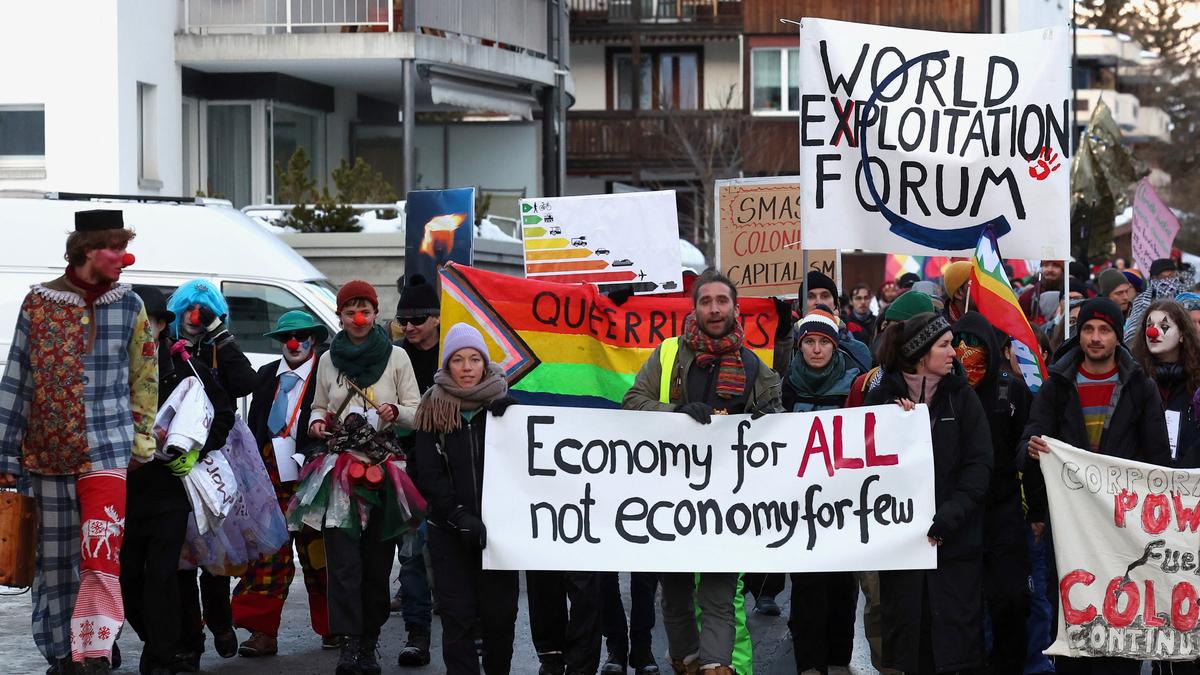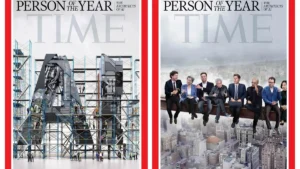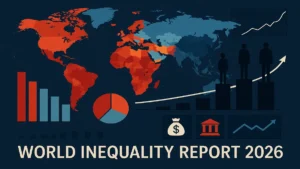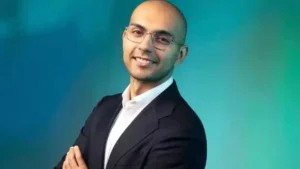The Edelman Trust Barometer 2025, an annual survey by the global communications firm Edelman, revealed key insights into public trust levels in government, businesses, media, and NGOs. This year, India has slipped one rank to the third spot globally in terms of overall trust, despite its score remaining unchanged. The study, released ahead of the World Economic Forum Annual Meeting, highlighted significant disparities in trust levels across income groups and nations.
Key Highlights of the Edelman Trust Barometer 2025
India’s Position in Trust Rankings
India ranked third globally in terms of trust in institutions (government, businesses, media, and NGOs). The top three positions were as follows:
- China
- Indonesia
- India
- India lost its second position to Indonesia, which achieved an increased score despite India’s score remaining stable.
- India ranks 13th in trust for companies headquartered in Indian origin, with Canada, Japan, and Germany topping this specific category.
Trust Gap Between Income Groups in India
The survey emphasized a stark gap between the high-income and low-income populations:
- Among the high-income group, India ranks 4th globally after Indonesia, Saudi Arabia, and China.
- However, the low-income group trusts Indian institutions less, placing India in the 3rd position globally, following China and Indonesia.
| Income Group | Rank | Trust Level |
|---|---|---|
| High-Income Population | 4th | 80% |
| Low-Income Population | 3rd | 65% |
This 15% trust gap highlights economic inequality and its impact on perceptions of institutional credibility.
Global Trends Highlighted in the Survey
Disparities Between Developed and Developing Nations
The survey revealed a stark contrast between trust levels in developed and developing nations:
Developing Nations:
- China: 77%
- Indonesia: 76%
- India: 75%
- UAE: 72%
Developed Nations:
- Japan: 37% (lowest globally)
- Germany: 41%
- UK: 43%
- US: 47%
- France: 48%
This data highlights a trend of higher institutional trust in developing countries as compared to wealthier nations.
Public Perceptions of Wealth Inequality
The survey uncovered widespread dissatisfaction with economic disparities.
- 67% of respondents believe the wealthy avoid paying fair taxes.
- 65% blame the selfishness of the wealthy for problems faced by ordinary citizens.
Alarming Global Trends
Grievance and Mistrust
The study flagged a rise in global grievance, with 6 in 10 respondents expressing a belief that governments and businesses serve narrow, elite interests, leaving the public behind.
- 69% of respondents worry that institutional leaders, including government officials, business leaders, and journalists, deliberately mislead the public—a rise of 11% since 2021.
Fear of Discrimination
The fear of discrimination has surged globally:
- 63% of respondents expressed concerns about experiencing discrimination, a 10-point increase from previous years.
- The largest increase was seen in the US, where fear of discrimination among whites jumped by 14 points.
Polarization and Hostile Activism
The survey also highlighted disturbing trends in activism:
53% of respondents aged 18-34 approved of hostile methods for change, including:
- Online attacks
- Spreading disinformation
- Violence or threats
- Damaging property
Confusion Over Credible Information
Amid rising polarization, 63% of respondents stated that it is increasingly difficult to differentiate between credible news and deceptive information.
Employers as Trusted Institutions
Despite falling trust in other institutions, employees globally continue to trust their employers:
- 75% trust levels were recorded among employees for their employers, making it the most trusted institution globally.
Implications for India and the World
The 2025 Edelman Trust Barometer underlines critical challenges for institutions worldwide. For India, maintaining public trust amid growing economic disparities and global mistrust in leadership presents an urgent task.
This year’s findings also emphasize the importance of addressing systemic inequalities and combating disinformation to restore public confidence in institutional leadership.
Summary of the News
| Category | Details |
|---|---|
| Why in News? | India slipped to 3rd position in the Edelman Trust Barometer 2025, revealing key global trust trends. |
| Top 3 Global Rankings | 1. China 2. Indonesia 3. India |
| India’s Trust Score | Score remained unchanged, but Indonesia overtook India for the 2nd spot due to an improved score. |
| Trust in Indian Companies | India ranks 13th globally for trust in companies headquartered in India. Canada ranks 1st. |
| Trust by Income Groups in India | High-Income Group: Ranked 4th globally with 80% trust. Low-Income Group: Ranked 3rd globally with 65% trust. Trust Gap: 15%. |
| Trust Levels: Developing vs. Developed Nations | Developing Nations: China: 77% Indonesia: 76% India: 75% UAE: 72% Developed Nations: Japan: 37% (lowest) Germany: 41% UK: 43% US: 47% France: 48% |
| Economic Inequality Perception | 67% believe the wealthy avoid fair taxation. 65% blame the wealthy for societal problems. |
| Alarming Global Trends | – Grievance and mistrust: 69% worry about leaders misleading the public. – Fear of discrimination: 63% globally; highest surge (14%) in the US among whites. – Polarization: 53% of youth (18-34) approve hostile activism (e.g., online attacks, disinformation, violence). |
| Confusion Over Information | 63% respondents find it harder to differentiate credible news from deceptive information. |
| Trust in Employers | 75% employees globally trust their employers, making them the most trusted institution. |
| Implications for India | India must address economic inequality, disinformation, and mistrust in leadership to maintain public confidence. |



 TIME Magazine Names ‘Architects of AI’ a...
TIME Magazine Names ‘Architects of AI’ a...
 World Inequality Report 2026: Key Findin...
World Inequality Report 2026: Key Findin...
 Indian-Origin Arkin Gupta Named in Forbe...
Indian-Origin Arkin Gupta Named in Forbe...







